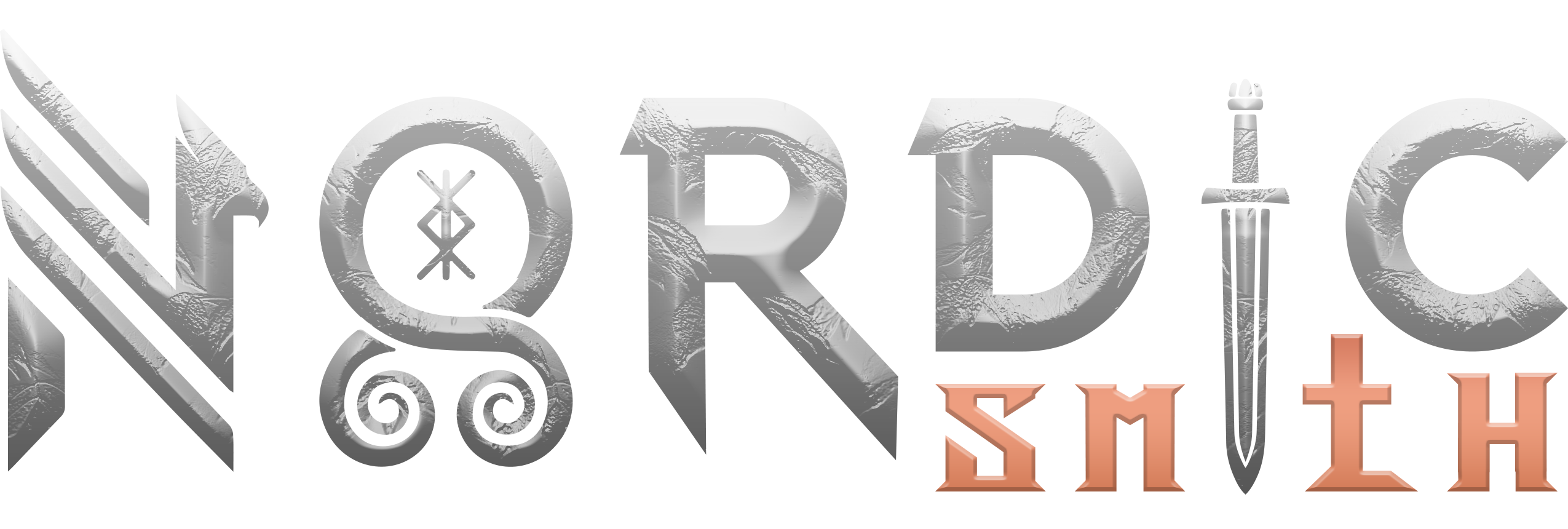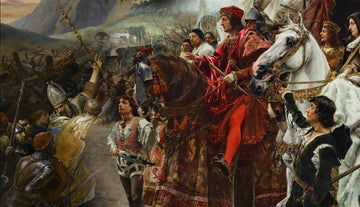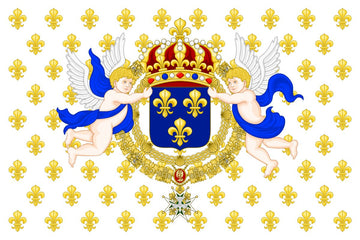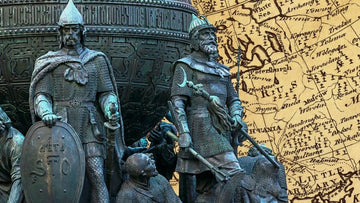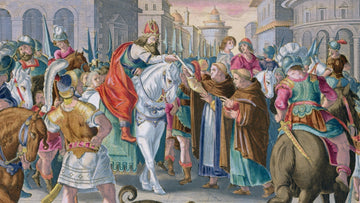Introduction
During the Middle Ages, Spain was a land of warriors, castles, and epic battles. At the heart of this struggle were the Kingdoms of Castile and Aragon, two of the most powerful Christian realms in medieval Spain. For centuries, they fought against the Muslim Moors, who had ruled much of the Iberian Peninsula since the early 8th century. This long conflict, known as the Reconquista, shaped the history of Spain and eventually led to the creation of a united Spanish kingdom.
In this blog, we will explore:
- The rise of the Moors and the Christian kingdoms of Spain
- The Kingdom of Castile’s role in the Reconquista
- The Kingdom of Aragon’s expansion across the Mediterranean
- The union of Castile and Aragon and the fall of Muslim Spain
- The legacy of this medieval struggle and its impact on Spanish history
The Moors and the Early Christian Kingdoms of Spain
In 711 AD, Muslim forces from North Africa, known as the Moors, invaded Spain, defeating the Visigothic Kingdom and establishing Al-Andalus, an Islamic state that flourished for centuries.
However, Christian resistance never completely disappeared. In the northern mountains, small Christian kingdoms such as Asturias, León, Navarre, and Aragon emerged and began to push back against the Moors in a centuries-long war.
The Rise of the Kingdom of Castile
One of the most powerful Christian kingdoms to emerge from this struggle was Castile, named after its many fortresses (castillos in Spanish).
- In the 11th century, King Ferdinand I of Castile expanded his territory by conquering lands from the Moors.
- His son, Alfonso VI, achieved a major victory in 1085 when he captured Toledo, one of the most important cities of Al-Andalus.
- Castile became famous for its knights, including the legendary warrior El Cid, who fought both for and against Muslim rulers.
Over time, Castile became the dominant force in Spain, leading the charge in the Reconquista.
The Kingdom of Aragon and Its Mediterranean Empire
While Castile focused on reclaiming Spain, the Kingdom of Aragon had a different vision—it looked outward to the Mediterranean.
- King James I of Aragon (1213–1276) expanded his kingdom by conquering Valencia and the Balearic Islands from the Moors.
- Aragon grew into a naval power, controlling territories in Sicily, Sardinia, and Naples.
- The Aragonese kings built a strong trading network, making their kingdom a bridge between Christian and Muslim worlds.
Though their paths were different, Castile and Aragon shared a common goal—to drive the Moors out of Spain completely.
The Final Stages of the Reconquista
By the 15th century, the Reconquista was nearing its end. The once-powerful Moorish kingdoms had been reduced to just Granada, the last Muslim stronghold in Spain.
Then, in 1469, a marriage changed Spanish history forever. Queen Isabella of Castile and King Ferdinand of Aragon united their kingdoms, forming the foundation of modern Spain.
Together, they launched the final campaign of the Reconquista:
- In 1492, after a long siege, the Catholic Monarchs captured Granada, marking the end of Muslim rule in Spain.
- That same year, Christopher Columbus, sponsored by Isabella, set sail to the New World, beginning Spain’s rise as a global empire.
The Legacy of Castile and Aragon
The unification of Castile and Aragon created a powerful kingdom that would become Spain, one of the dominant forces of the Renaissance and beyond.
- The Spanish Empire – After defeating the Moors, Spain expanded across the world, establishing colonies in the Americas, Asia, and Africa.
- Cultural Impact – Spanish art, architecture, and literature were heavily influenced by the centuries of coexistence between Christians, Muslims, and Jews.
- Religious and Social Change – The victory led to the Spanish Inquisition, a campaign to enforce religious unity by persecuting non-Christians.
Even today, the legacy of Castile and Aragon is visible in Spain’s culture, language, and traditions.
Conclusion
The Kingdoms of Castile and Aragon were the driving forces behind the Reconquista, shaping Spain’s destiny. Their warriors, kings, and epic battles created a nation that would go on to rule much of the world.
Would you have wanted to fight alongside El Cid or sail with the Aragonese fleet? Let us know your thoughts!
